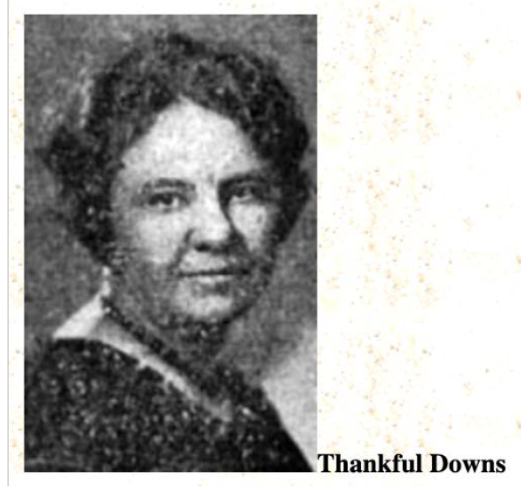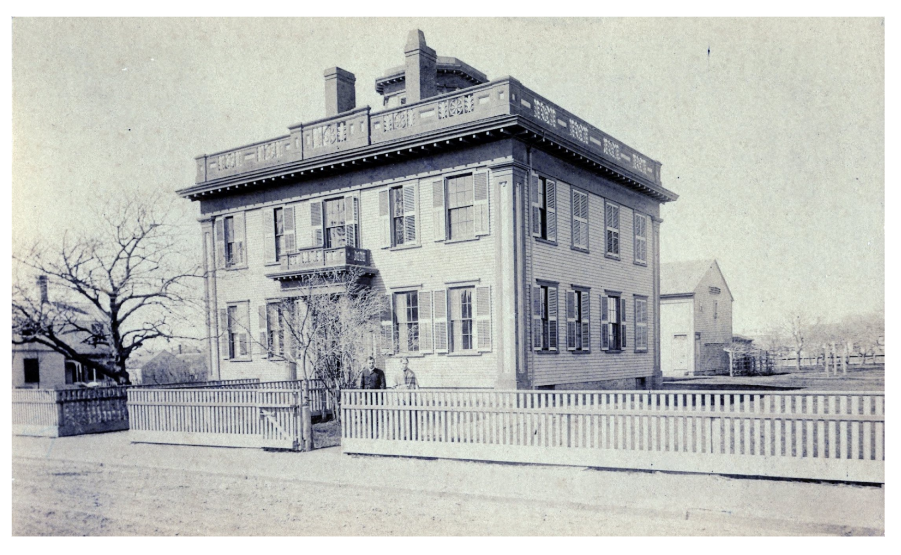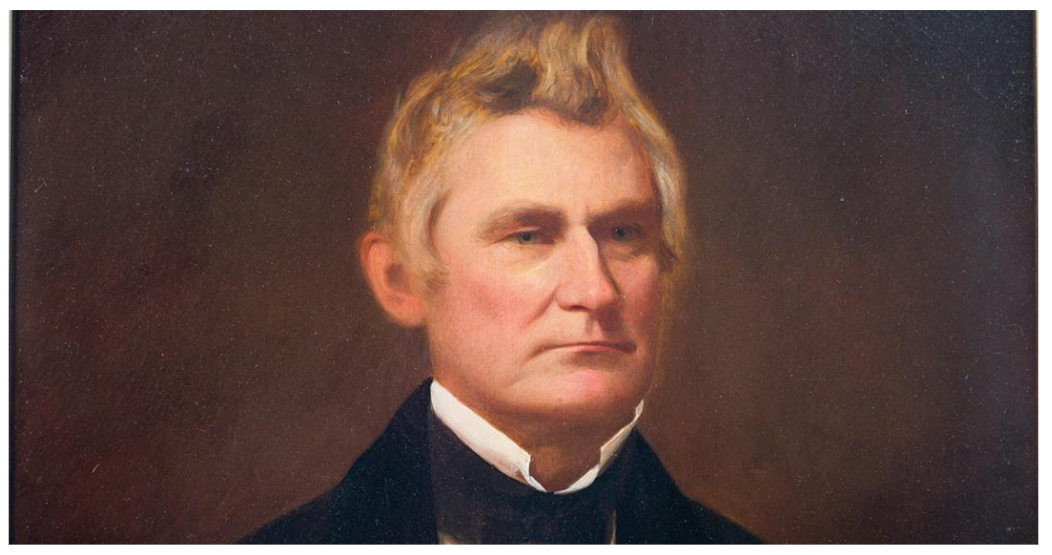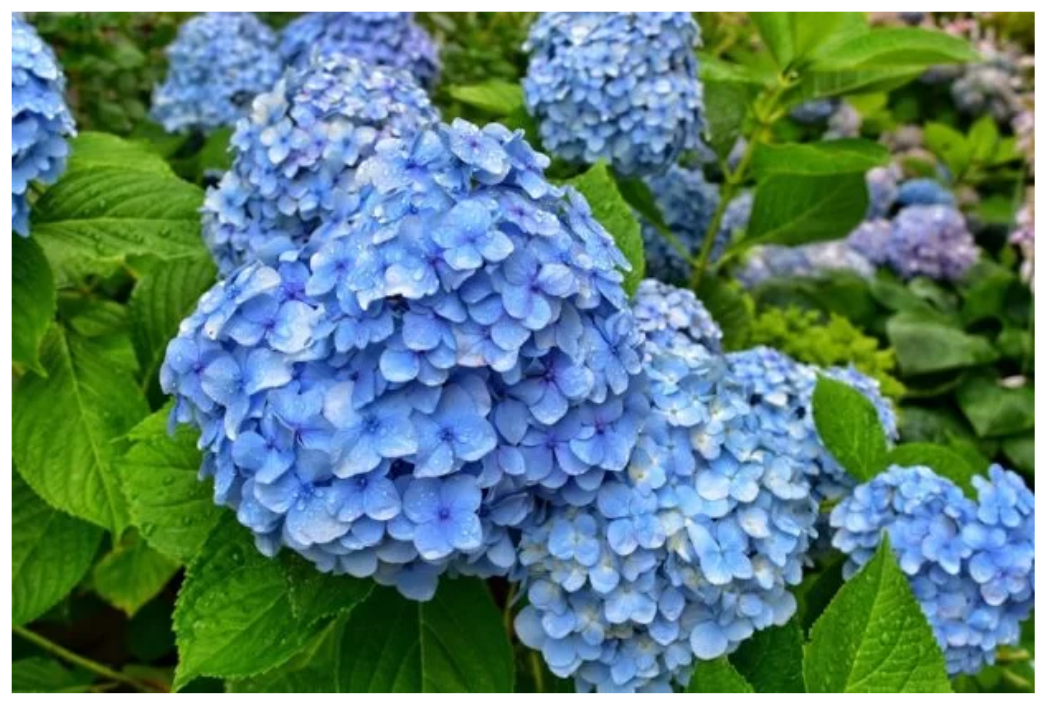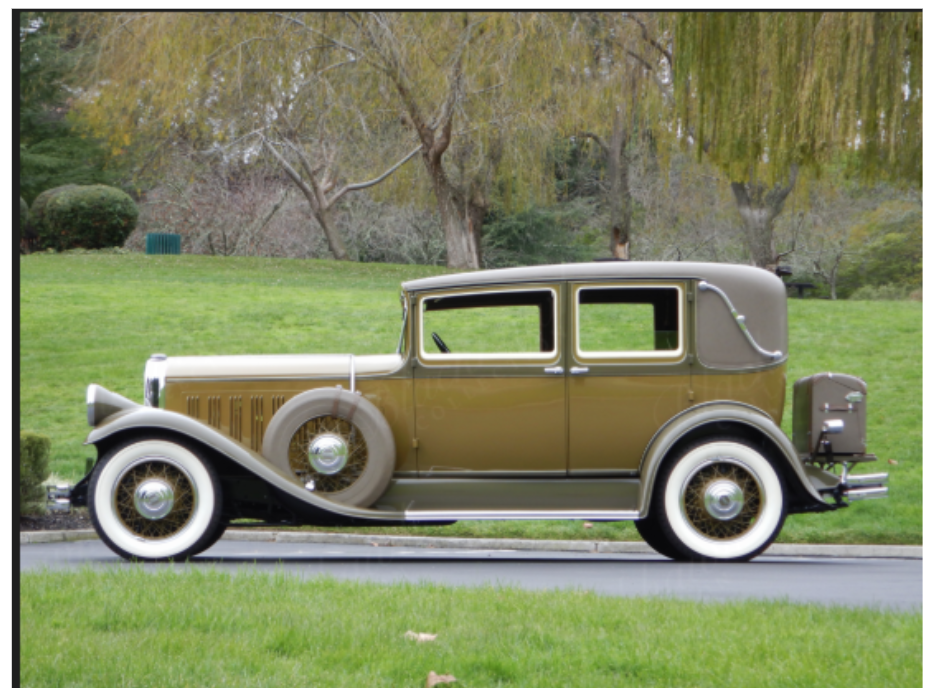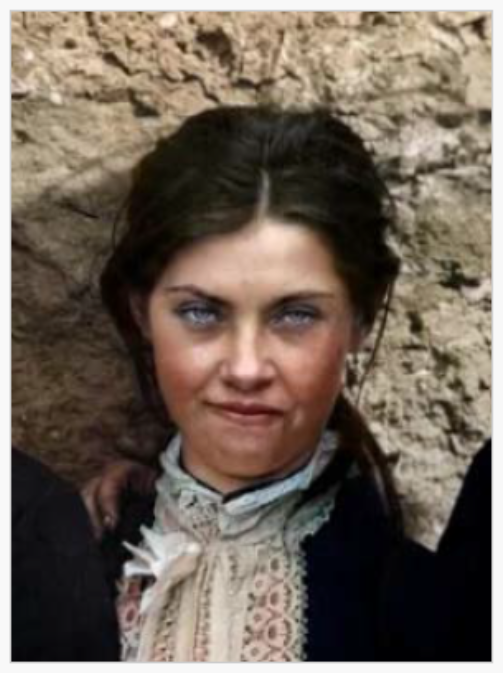1920s pockets
One of the best and worst things about writing historical fiction is that the line between fact and fiction blurs at the writer’s discretion. This can lead to a reader’s momentary disbelief, decreasing interest in the book, sometimes until it’s nil—the worst.
For The Washashore, like all of our collaborations, Bird did extensive research on the world of 1929 Martha’s Vineyard, Prohibition, and rumrunning, all topics about which we both thoroughly enjoy reading. Like with our previous two projects, the details fascinated us endlessly, and like always, we had trouble choosing the ones we’d use in the book.
Thankful Downs, for example, was the real historical phone operator from the Vineyard during that time, and I gladly wove her into the narrative (including her nickname, Thankie). Other details, like the glimpse of the last surviving Heath Hen, soon extinct, couldn’t be put in without sounding awkward, so were left out.
And sometimes there are things we change altogether in order to make the narrative work better.
The Dr. Daniel Fisher house is the real-life counterpart to Hydrangea House, Isabel Hewett’s abode in the book. I know this beautiful fortress, perched on the crest of Main Street, proudly set behind a white picket fence like many of the downtown mansions.
A successful whale-oil salesman and doctor, Fisher never went to sea
While writing the book, I had planned on touring the Fisher House, so I could get the details right. I spent the holidays with my mother in Katama and, between family and friends and festivity, I never toured. January arrived and it was back to Baltimore to write the book without setting eyes on the inside of the house.
This was a problem. Although Bird had sent me many photos and write-ups of the Fisher House in the prewriting phase, and it had been on the periphery of my childhood, I didn’t feel like I could do it justice. I didn’t know the layout; I couldn’t see the sweep of the stairs; I didn’t know the vista from the front windows. I was in a pickle with this and I knew it. (The other aspect about historical fiction is that, if a factual detail is out of place, a reader will spot it.)
So I leaned on the fictional part and made it all up. I put sycamores in the front instead of the picket fence, set the house back and at an angle, and gave it a circular driveway of crushed shells and a garage in which Pat could live. Once I had freed myself from any obligation to the actual house, I was able to create it all from scratch, adding details from my own childhood—the kitchen is the one from our Chappy house—as well as real ones—the hydrangeas.
The original owner Dr. Fisher had put in lovely pear trees and gardens, with plenty of hydrangeas, which became the root of the Hy House name. Likewise, a picture in the Daniel Fisher house served as the template for one of our main characters. Early on, Bird had sent me a portrait of one of the ladies of the house, and I adopted her look into Isabel’s.
There were countless other tidbits Bird had been feeding me for months that slowly surfaced as I wrote: steamer trunks, boats altered to run undetected on moonless nights, and floating speakeasies. My favorite of our found objects (and I think Bird’s too) is the 1929 Pierce Arrow, one of the coolest cars on the planet.
The auto in question
Faces as well. I found my main character’s best friend in an Irish upstart who, when the bailiff and armed soldiers came to take it, threw hot water and everything else at them from their barricaded home. She was, to put it mildly, impressive, definitely worthy of sidekick status (more on the O’Halloran Sisters later).
An O’Halloran sister, model for Fiona
We even found our villain amongst some black-and-white candids taken of happy boating enthusiasts working the starting line on a beautiful day. Something about his countenance made me want to throw him off a roof.
Our Fair Villain
Bird and I have a saying between us. She uses it when I am waxing fantastical. She’ll stop me and say, “Yeah, but what’s in their pockets?” It’s shorthand for us. It reminds me to come back to Earth and think about what my characters have in their pockets, if pockets have indeed been invented and are historically accurate to the period.
As Tim O’Brien notes in his wonderful short story about Vietnam, the things we carry define us. They represent where we came from, and what we expect when we get to where we’re going.
As Bird and I get closer to The Washashore’s publication date, we’ll write about how we take a series of facts and dates and disparate stories and weave them together into something someone (hopefully) wants to read. In essence we’ll show you what’s in our pockets, even if it’s only a bit of fluff and some string. That’s part of the magic.
-MH

